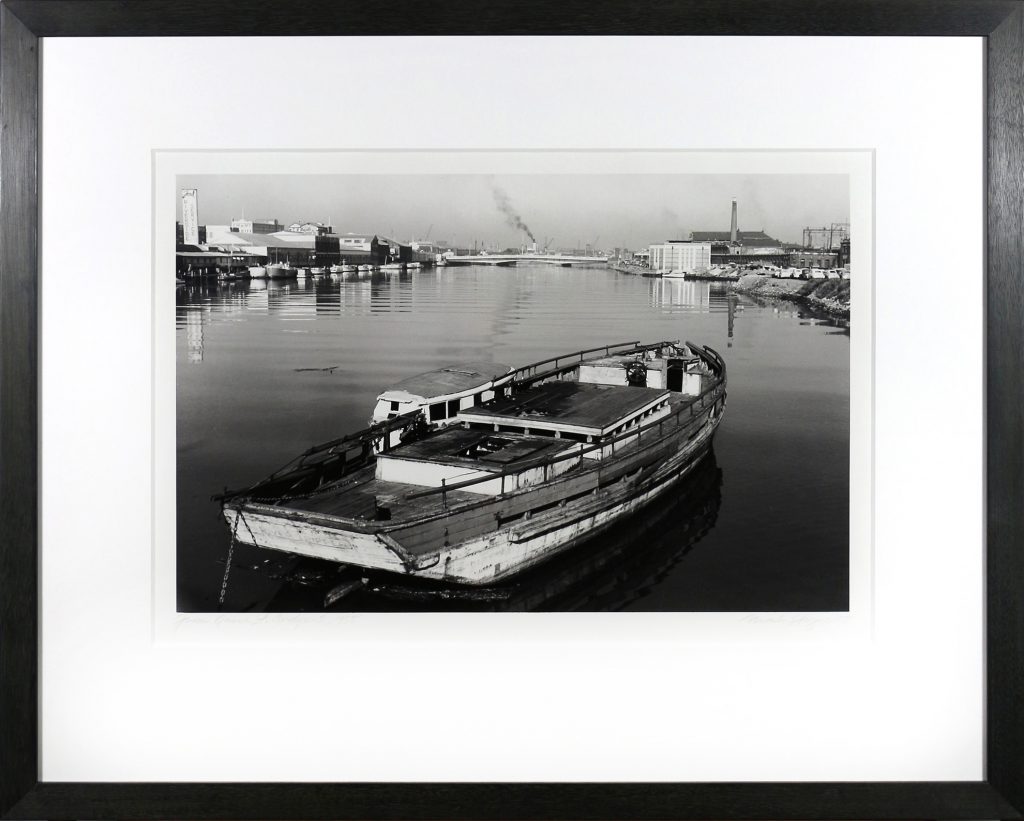Summary
Mark Strizic (1928–2012) arrived in Australia in 1951, part of the wave of postwar migrants arriving from Eastern Europe. This renowned Australian photographer studied not his chosen art form but rather physics and geology in Zagreb, in the former Yugoslavia. Strizic picked up the camera after arriving in Melbourne, purchasing this from a pharmacy as a means to explore his new home environment. He became a commercial photographer in 1957, building his reputation primarily as an architectural and industrial photographer in an era of intense urban development. He soon became associated with a coterie of Melbourne modernists, including Robin Boyd, Schulim Krimper and fellow photographers Athol Shmith and Wolfgang Sievers. Often framed by his progressive social and political concerns, his work is overwhelmingly sympathetic with modernist ideals: humanist, rational, spare.
The Art and Heritage Collection holds around 40 photographic works by Strizic, almost all of which document the streets, river and life of mid-century Melbourne in expressive monochrome. Many of these works came into the collection through direct engagement with the artist in 2005. Taken in 1955 from Queen Street bridge no. 2, this well-composed image depicts the murky brown artery that bisects inner Melbourne and that had long been polluted by industry and other noxious sources. The intervening years have seen such expansive redevelopment of the river’s banks that Strizic’s sleepy, low-rise scene is now virtually unrecognisable.
